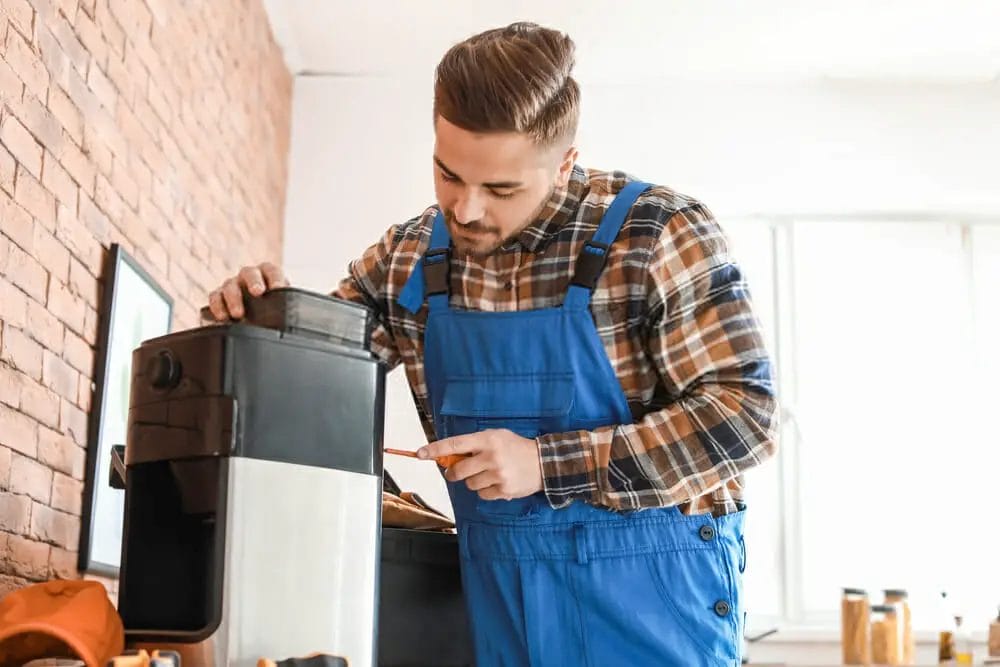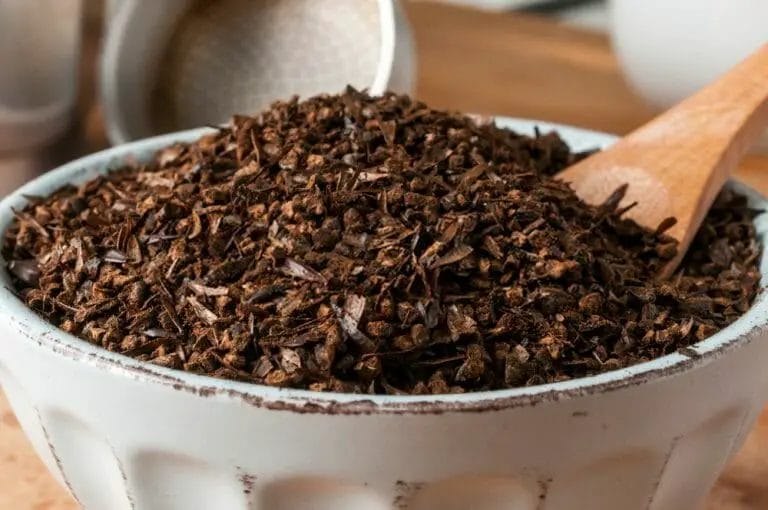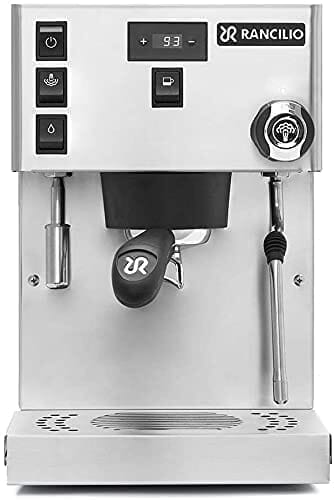How To Fix a Coffee Maker That Won’t Brew

If you’re like most coffee drinkers, your life revolves around the morning cup of coffee.
The bitter taste of caffeine is the only thing that can get you through those rough mornings after a late night at work or school. And if that lovely cuppa gets cold before it reaches your lips, all hell has broken loose.
But don't worry too much about it! There are plenty of ways to fix any coffee maker, so it starts brewing excellent coffee again.
And if you’re lucky, you can avoid calling a plumber to save the day. Most of these are easy fixes that you can do in just a few minutes.
Clean the machine
Before you start trying to fix your coffee maker, you’ll need to make sure that no water is leaking out of it. It means that you’ll want to remove the white cap on top of the coffee maker to see the overall view of all the different parts.

The easiest way to do this may be through the use of a flathead screwdriver. Remember, though, that everything is under pressure in this machine and there is very little time that you have available. That means you need to move quickly.
Change the water filter.
A large percentage of the time, this is the reason that your coffee maker shuts off. The water isn’t hot enough, or it doesn’t have the right consistency to brew correctly. So, before you try anything else, you should replace the water filter in your machine.
There are filters for plastic and metal coffee makers, so it's undoubtedly worth testing both before you go ahead and buy one for this machine.
Put it on the timer
If you are not getting any coffee at all, the problem might lie with the water heater. Some machines have a timer that you can set to shut off several hours after the brew cycle has begun.
It makes sure that you never boil your water or bring it to an extreme heat level. It can also cause problems with brewing, however.
So, first off, it’s worth trying to make sure that the timer is working correctly. Then, turn it on and see if you can get a few cups of coffee to come out in under a minute. If you do, then that may be the problem.
However, in most cases, these timers are less reliable than they were when these machines were first invented.
You can add an extra cup or two of water before you start brewing. It should ensure that the water in your coffee maker has enough time to heat up properly, even if something goes wrong with the timer.
Run white vinegar through it
Sometimes, clogs can form in your coffee maker after you’ve used them for an extended period. In addition, mineral deposits and other particles can slow down or stop the brewing process if you clean it regularly.
So it's worth pouring a small amount of vinegar into the machine to remove that sediment. First, pour in a small amount of vinegar or a descaling solution, then run tap water or warm water through it for 30 seconds or so.
It will help the vinegar effectively remove any problems that may have built up in your coffee machine.
Water pressure problems
It’s not uncommon for these machines to shut off because of low water pressure. The trick is to check the water pressure gauge on the side of your coffee machine to see what it says.
If it's lower than what you want, then you'll want to try upgrading this part of your machine or find another solution that can get you back on track.
It isn’t too difficult to do and maybe all that you need to get your coffee machine working again after all.
Check the outlet
If you are trying to make coffee in an outlet where the electricity is faulty, your machine might not work. A tripped breaker or a power surge can cause the outlet to lose its constant flow of electric current to the machine.
So before you call in the plumber, you should plug another device into the same outlet. If that works, then that means there is a problem with your coffee machine itself and not with your power supply.
Run a diagnostic
It’s not likely you’ll know why your coffee maker stopped working, so it’s worth running a diagnostic on this machine.
It is the same way that your car does before it starts up. It will check to see if any speciality parts are missing or if there are any other issues.
The only problem is that these are easier said than done in most cases. You may refer to the user manual in your coffee maker to find out what to do in some circumstances.
The instructions may vary depending on the model, however. So you will want to refer back to your specific device if you can to avoid a mistake that could be irreparable.
Check the water reservoir.
Make sure the water reservoir is full of water. If it’s not, then the machine will stop working as a safety precaution. However, there may be a simple solution to this problem as well.
In some devices, you can find a button that you can press to open up a small container of water to pour into the reservoir.
Make sure that the reservoir is not cracked or damaged in any way either. It could lead to a severe issue with your coffee maker and could even cause a fire in certain circumstances.
The water supply in these machines is usually present in the device's base, underneath a panel. To check this, remove this panel.
Other things you can try
While you may want to call in the specialists when your coffee maker stops working, there are still things you can try at home before making that decision.

First, make sure that you are using the correct amount of coffee for the machine. If you are using too much, it can be difficult for the water to dissolve everything fully.
Another option is to use whole beans instead of coffee grounds. It will give you a fuller flavour that can also help with other problems occurring in your machine.
Take a look at the power button or the brew button. Make sure that these are not stuck or broken by using a toothpick or tweezers to open up the hole. If water doesn't go to the machine, then you'll need to try and unclog your coffee maker.
Check the filter basket. If you’ve been using paper filters, it’s time to change them out for a more refined style. While the old type of filters may do the trick, they will eventually become clogged.
However, if you use a newer filter model, this is almost always a quick fix that can make your coffee maker work again.
After you clean the coffee maker, check on the frequency of use. If you have used it several times a day, you may want to check the water pressure in your home. Also, check to ensure that no changes are made to your water heater or water pipes.
These are common causes of leaky coffee makers. If everything checks out there, then consider customer service.
Why is nothing coming out of my coffee maker?
This is a very common issue that many people face when using a coffee maker. One of the most common reasons behind this problem is low water pressure. Most models are designed to run only with at least 40PSI of water pressure or higher.
The pressure regulator in your home can be easily adjusted to solve the problem. If you have purchased a new coffee maker recently, or changed any other equipment nearby, it can interfere with your brewer’s performance as well.
How do I unclog my Mr. Coffee water line?
A clogged Mr. Coffee water line is the most common reason that your coffee maker won’t brew any more. The brewing cycle of the machine continues until it is able to clear all of the water with each brew. If you can’t get any hot water out, then you may have a blocked water line inside your Mr. Coffee machine. If you have a clogged water line, then you need to clean it.
How do you reset a coffee maker?
If you are having trouble with your coffee maker, then you should stop using it immediately.
Be sure that the power and filter reservoir stoppers are locked in place. Also, check to make sure that you have the correct type of coffee filters in the unit.
The most common reason why a machine stops working is due to a clogged water line. This can cause water to leak out and ruin your machine. If you follow these steps and still have no luck, then you should contact the manufacturer. They will be able to give you some more advice on how to get your machine working again.
What can go wrong with a coffee machine?
A few of the most common problems that can occur with any coffee maker are:
Low water pressure
A clogged water line
A broken filter basket
A malfunctioning brew switch
These issues may be related to your machine, or they may be caused by changes to your home. Many homeowners find their machines stop working when they start using them very often. This is usually due to a low water pressure. The machine needs at least 40PSI of water pressure for it to work properly.
How do you fix a slow drip coffee maker?
A slow drip may occur during any stage of the brewing cycle. If this occurs, then you can try to do a few things.
You may need to clean out your filter basket and make sure that it’s seated correctly in the machine. Also, pour a small amount of vinegar into the water reservoir and run the machine with one cup of vinegar. This will help unclog the coffee maker’s water lines. Run another cycle using clean water to make sure everything is working properly again.
How do I unclog my Keurig coffee maker?
You will need to unclog your Keurig coffee maker by following a few simple steps.
It is a good idea to call in a specialist if you cannot locate the clog yourself. You should also be sure to make sure the water lines are free of any dirt or debris.
Start by pouring vinegar into the water reservoir, and let it run for a few minutes before turning off the machine. If this doesn’t work, then you may need to manually reset the brewer again.
What does it mean to prime a coffee maker?
The term “prime” is used to describe the process of making sure that all of the coffee maker’s components are working correctly before the first use.
It will also ensure that there is enough coffee before you actually start brew. When you first get your new coffee maker, it will come with instructions for how to prime it.
When you turn on the machine for the first time, always follow through with these steps regardless of whether or not you see any water in your reservoir.
How many times should I run vinegar through my coffee maker?
After you have unclogged your coffee maker, you should let it sit for a few minutes. This will allow the vinegar to fully clean out the water lines. If you do not wait for the machine to let off any steam, then this may cause damage to your coffee maker.
Once your coffee maker is ready for use again, run it through a cycle using vinegar and hot water.
Conclusion:
Although coffee machines are reliable and straightforward to use, they can malfunction. You may need to make minor adjustments to get the coffee maker working again like any other machine.
But there are several ways to try fixing it before you call in the professionals. These include checking the water pressure, testing the filter basket, and ensuring enough water in the reservoir.
Tell us to know your experiences in the comments section below. I’ll be happy to help you out if you need it.
Have a great day!






